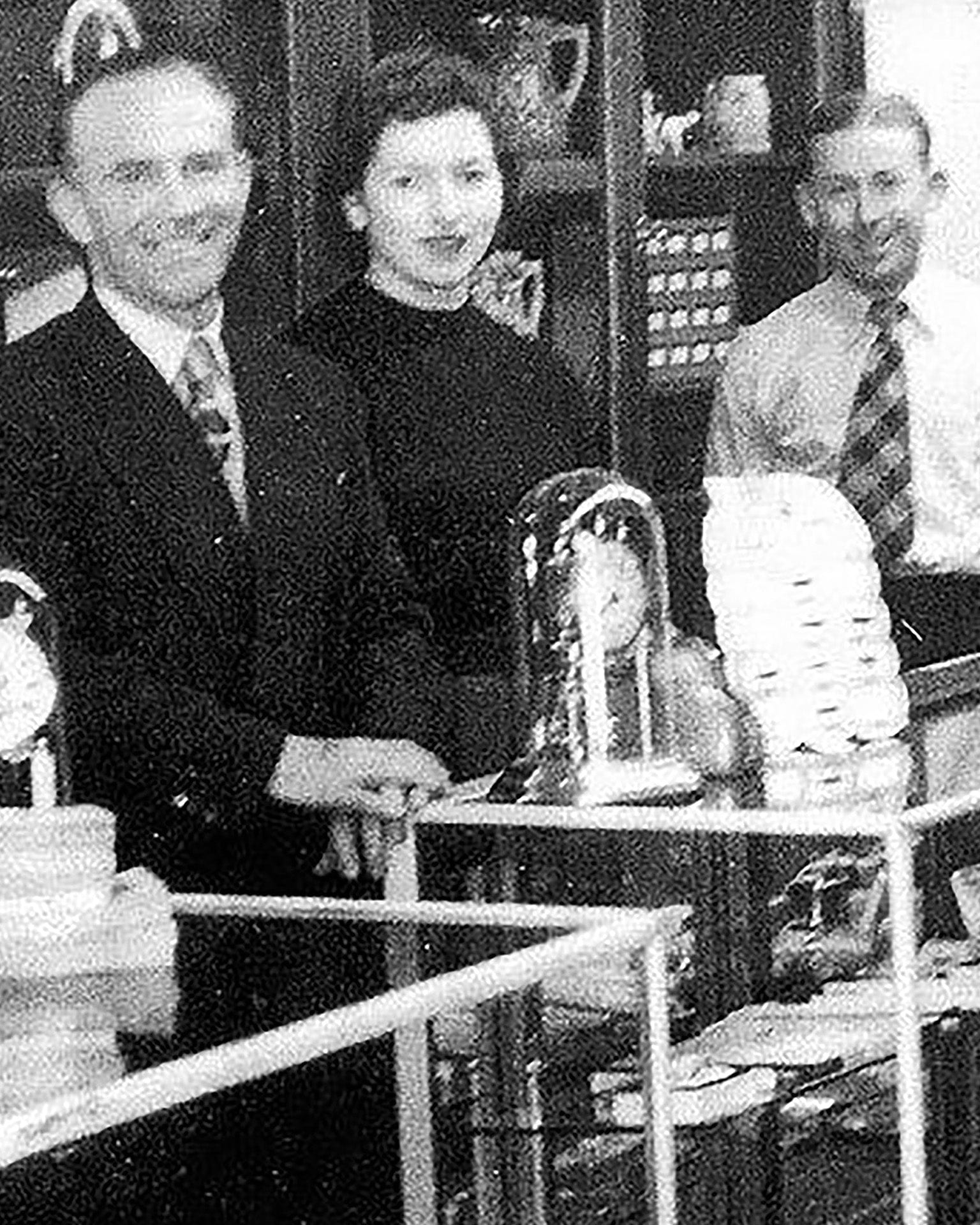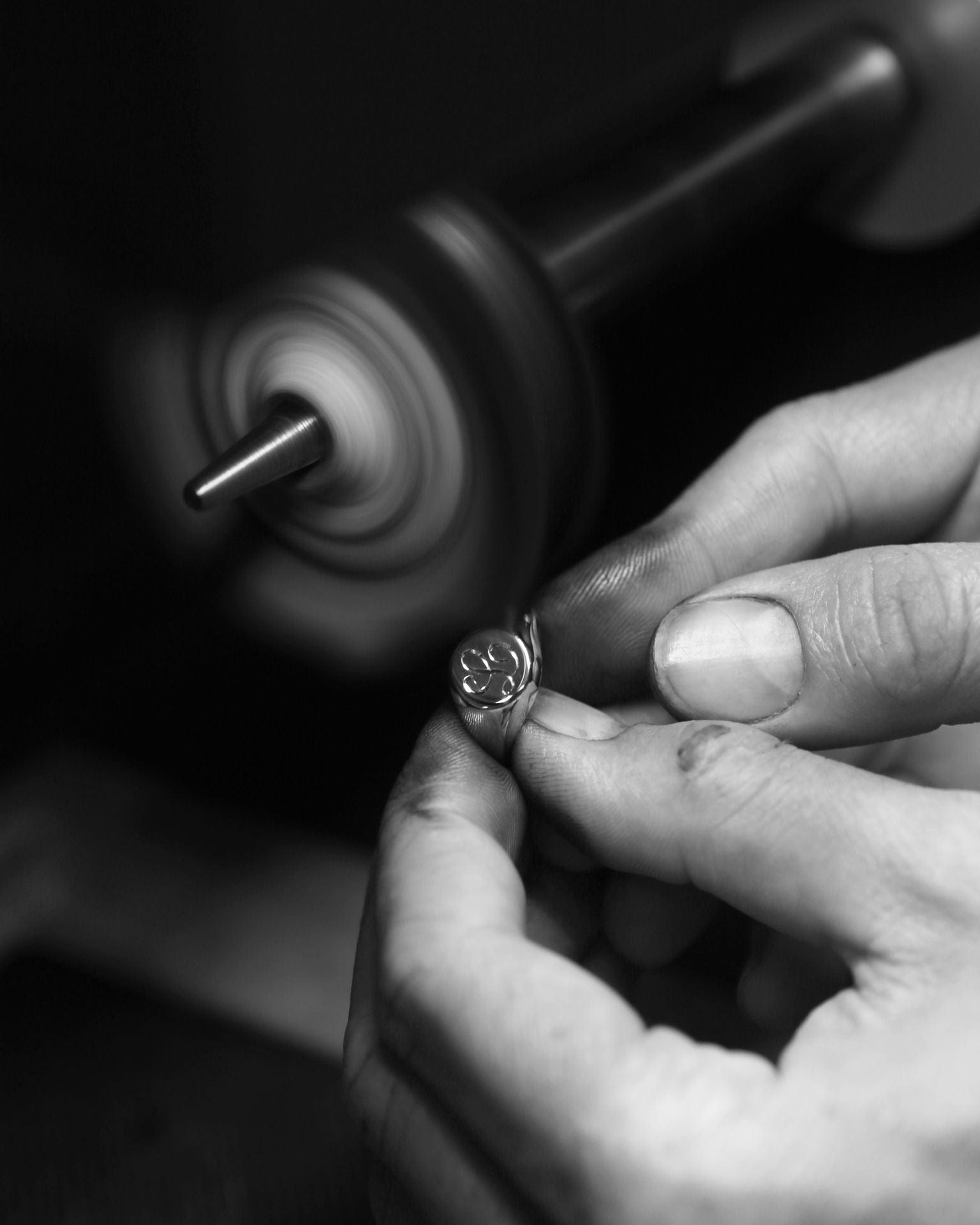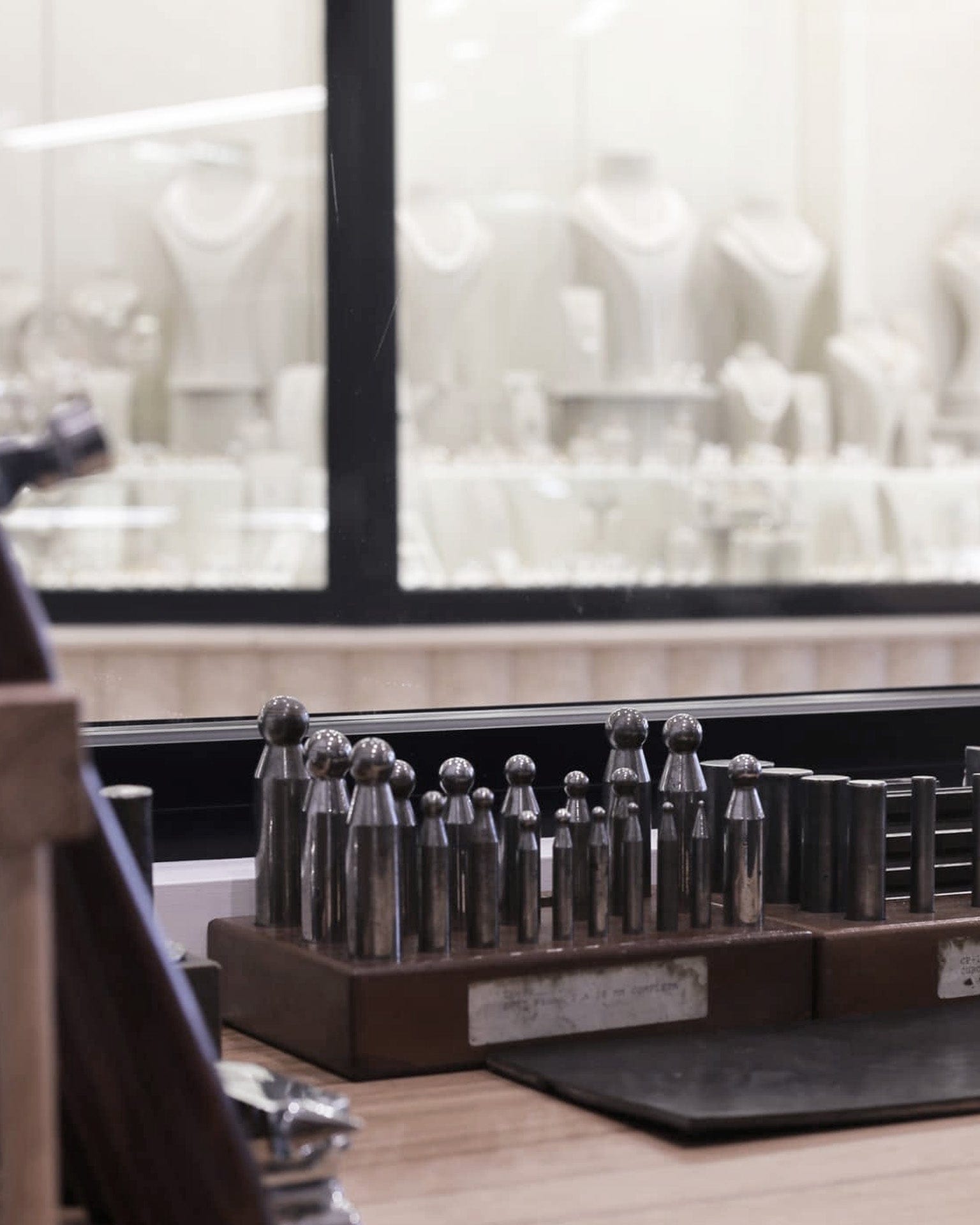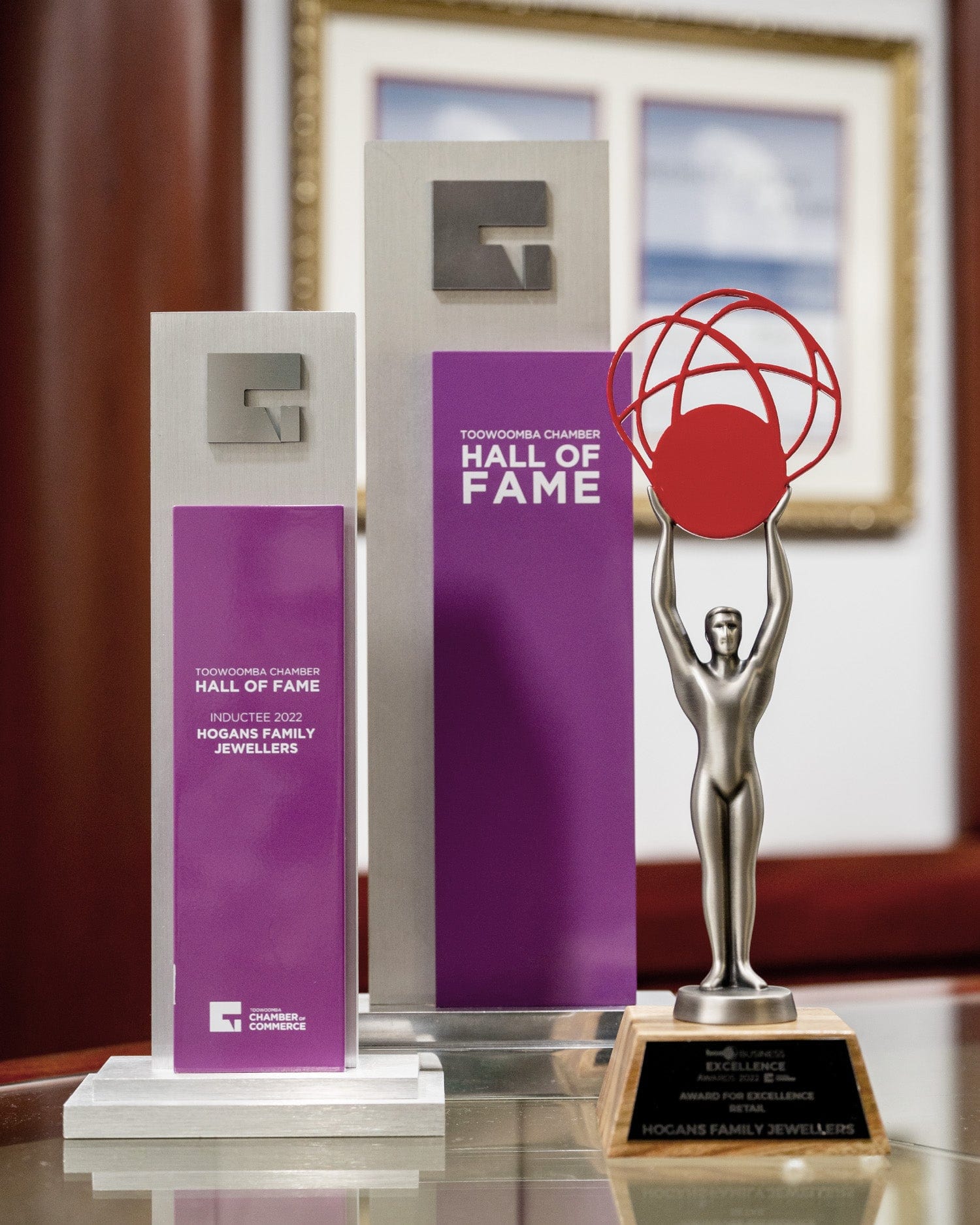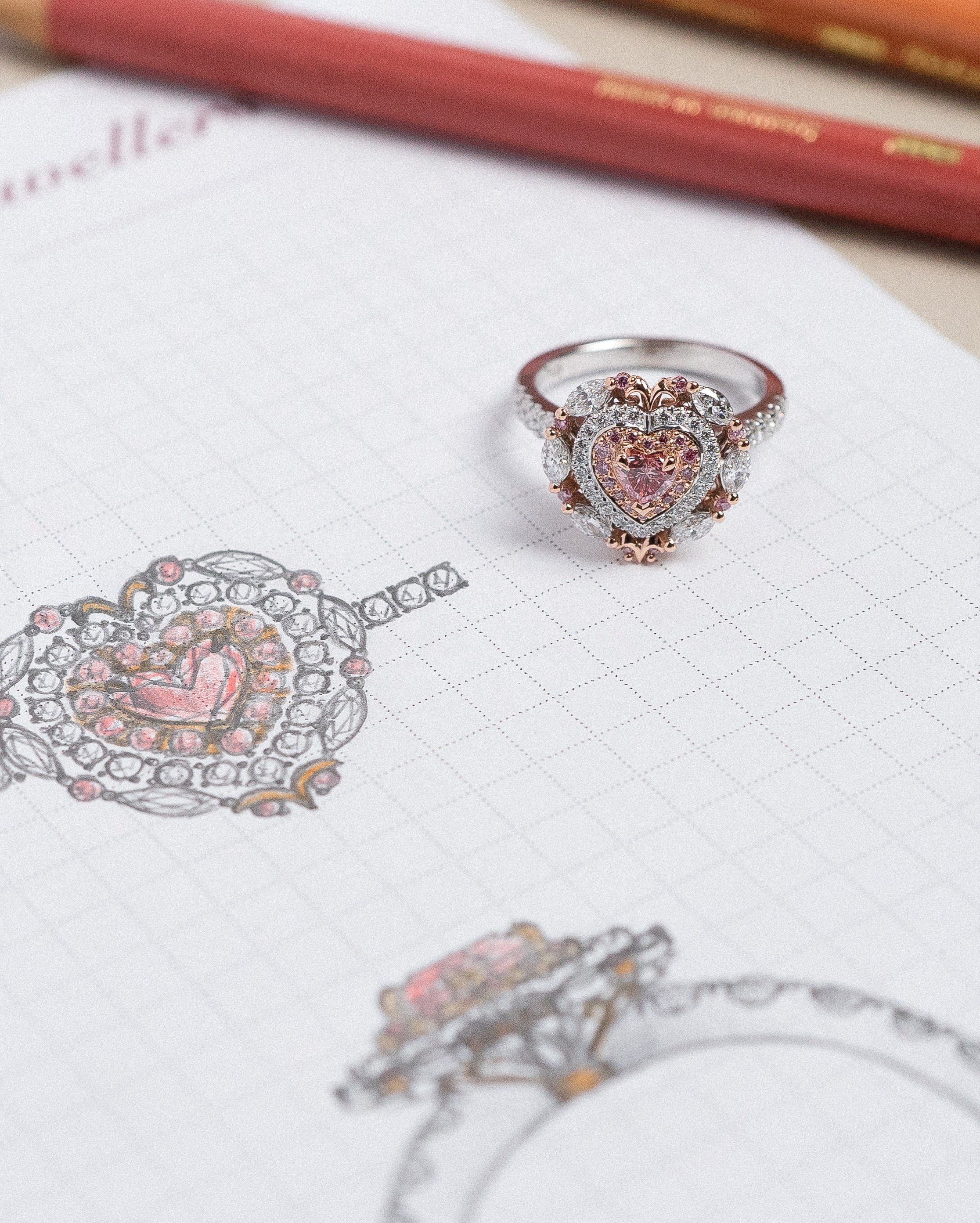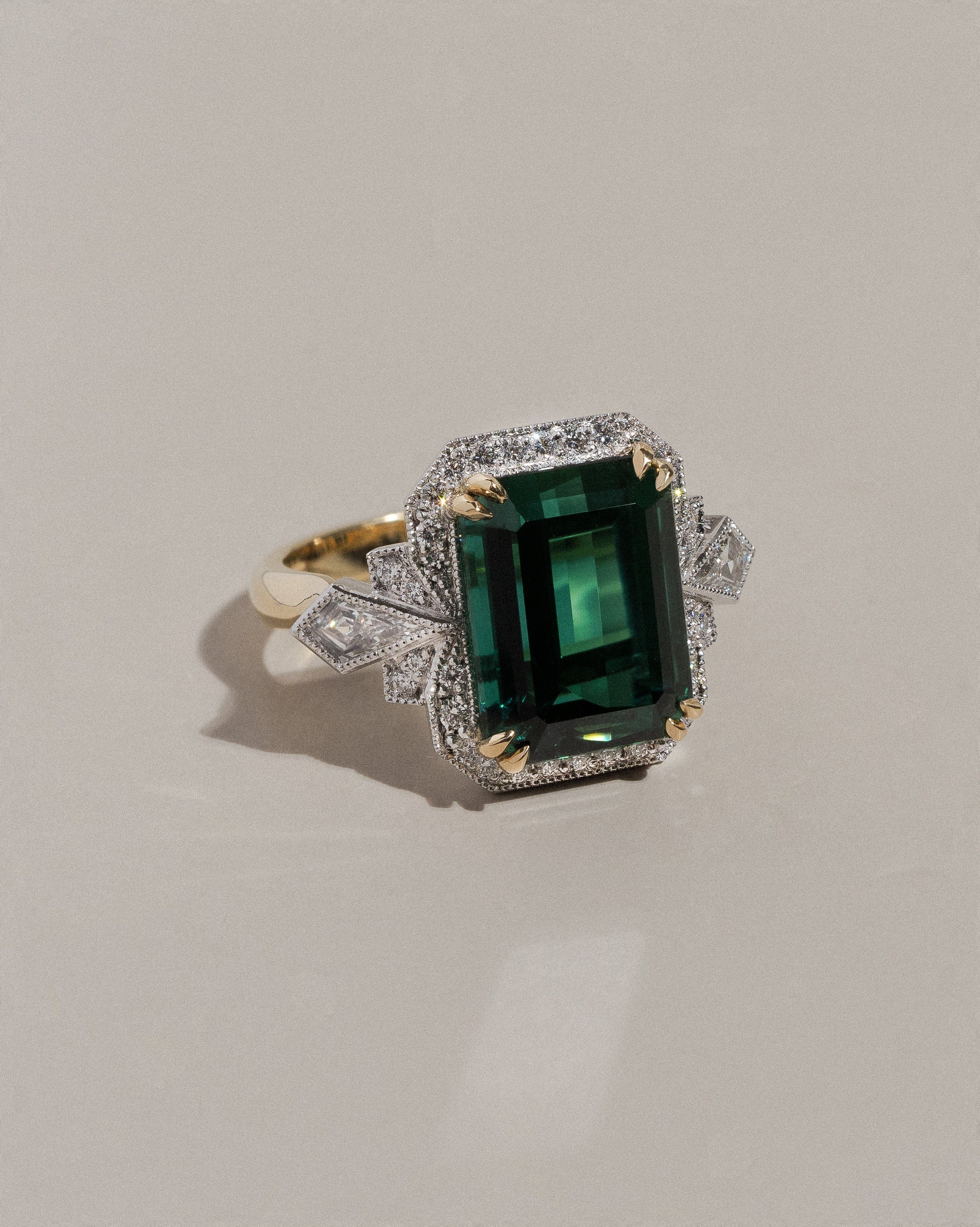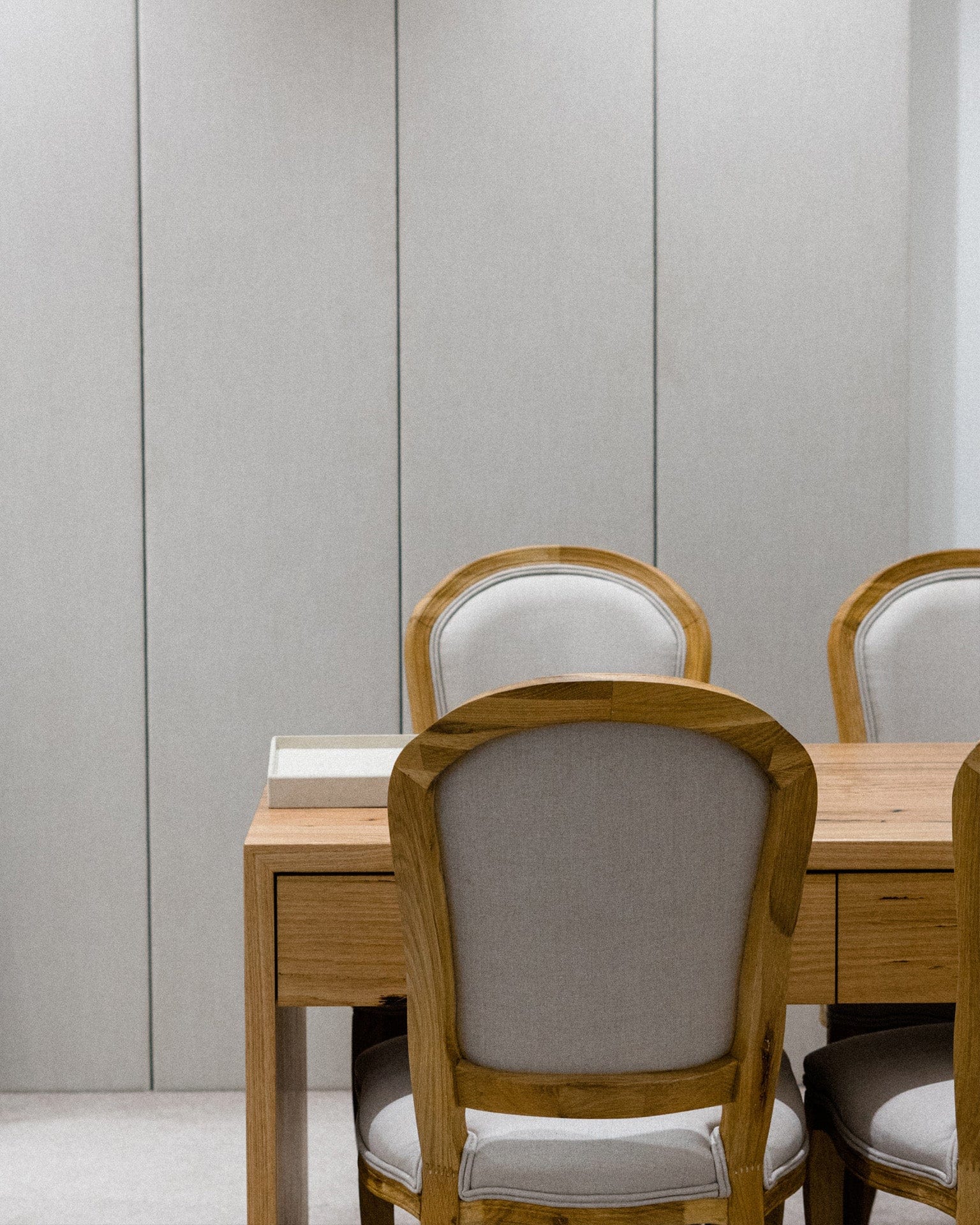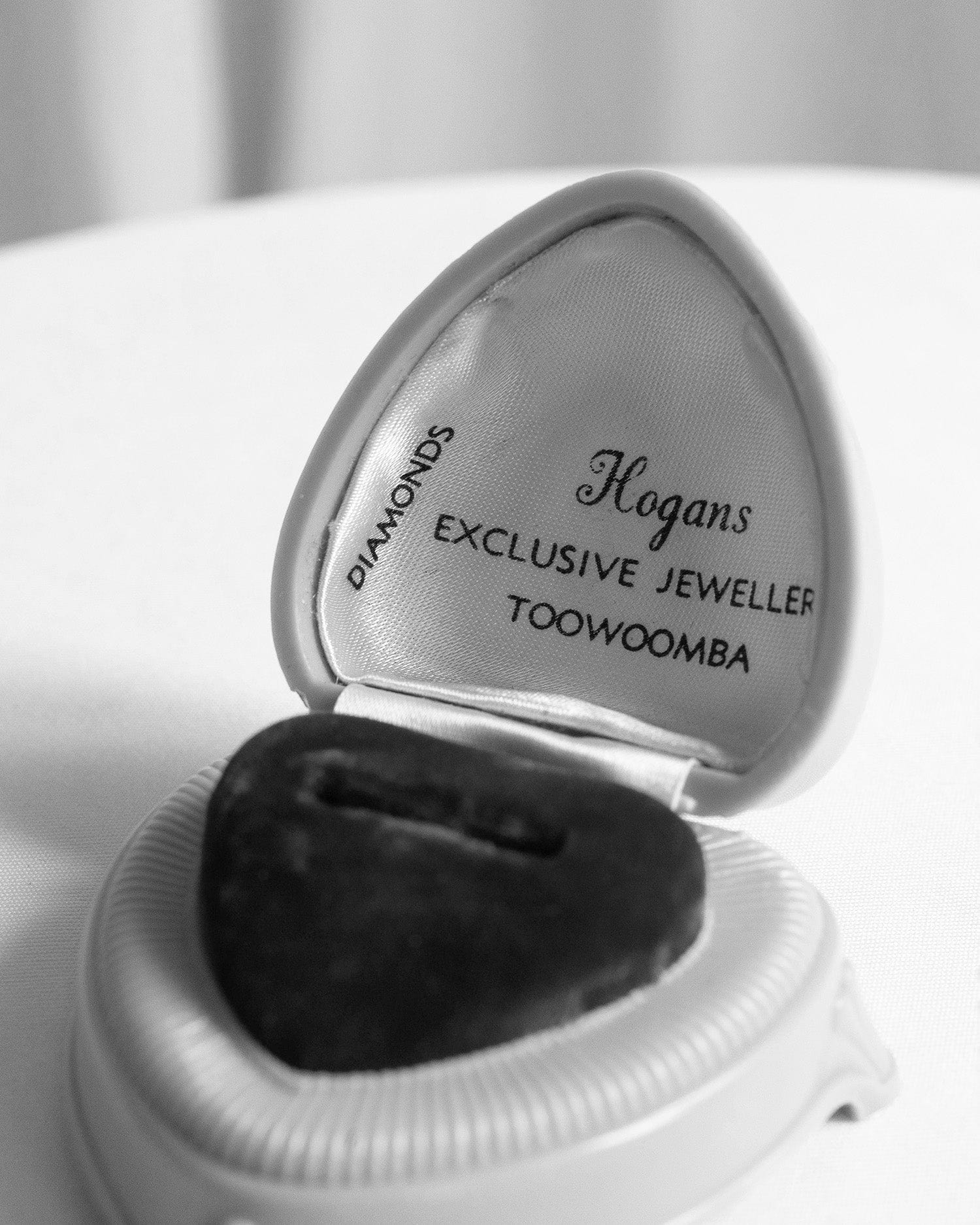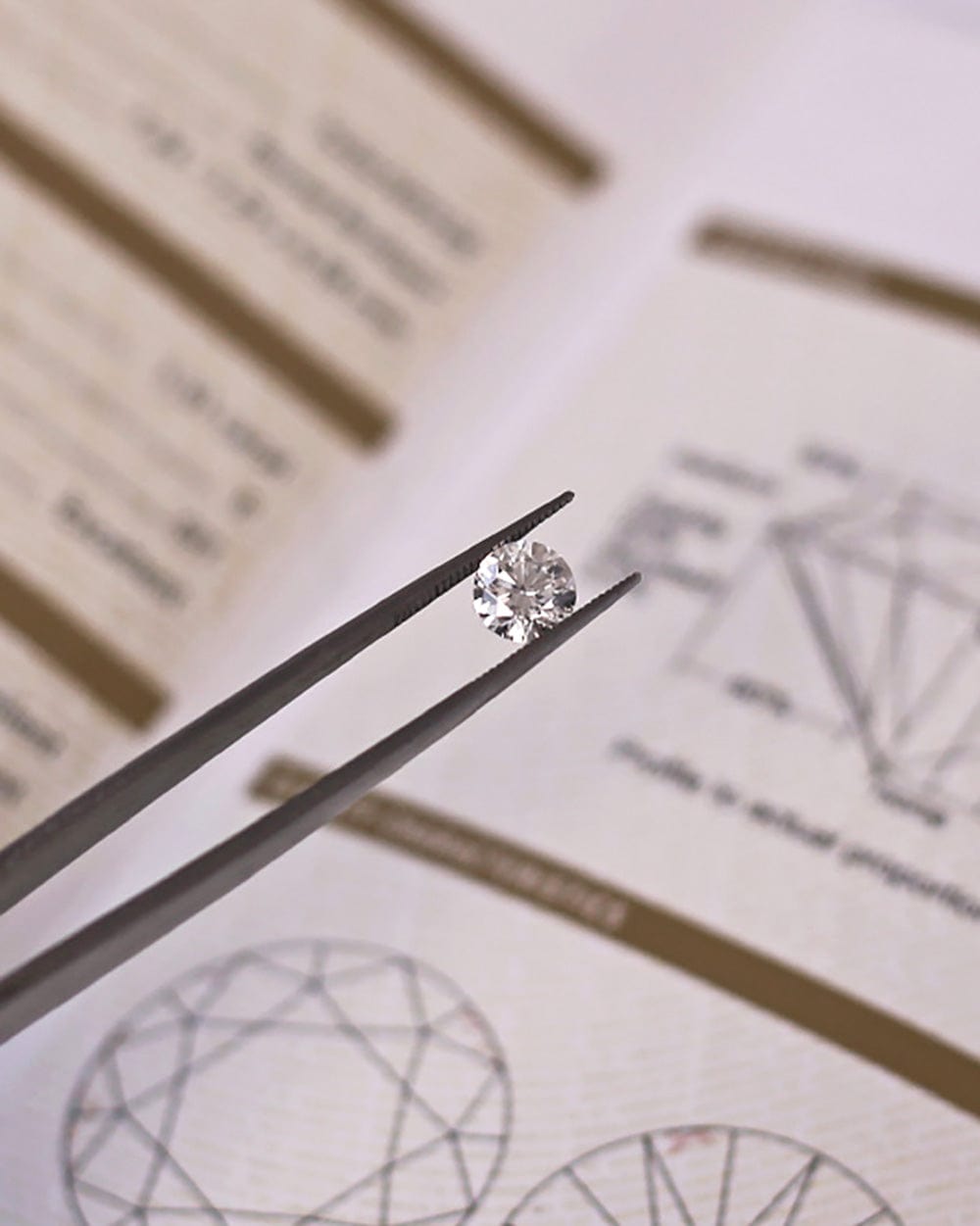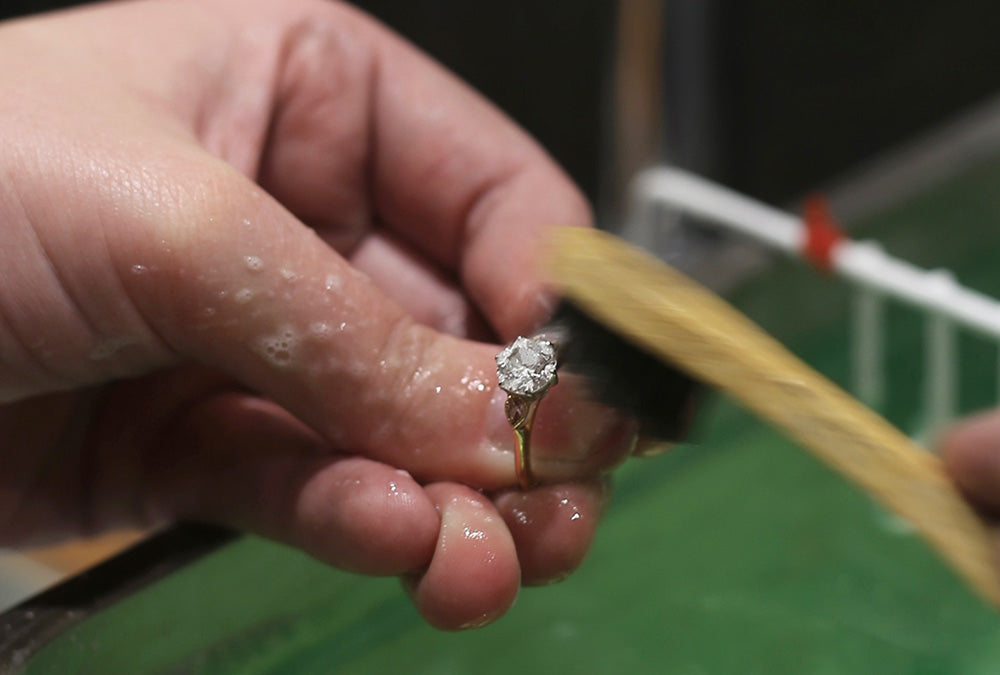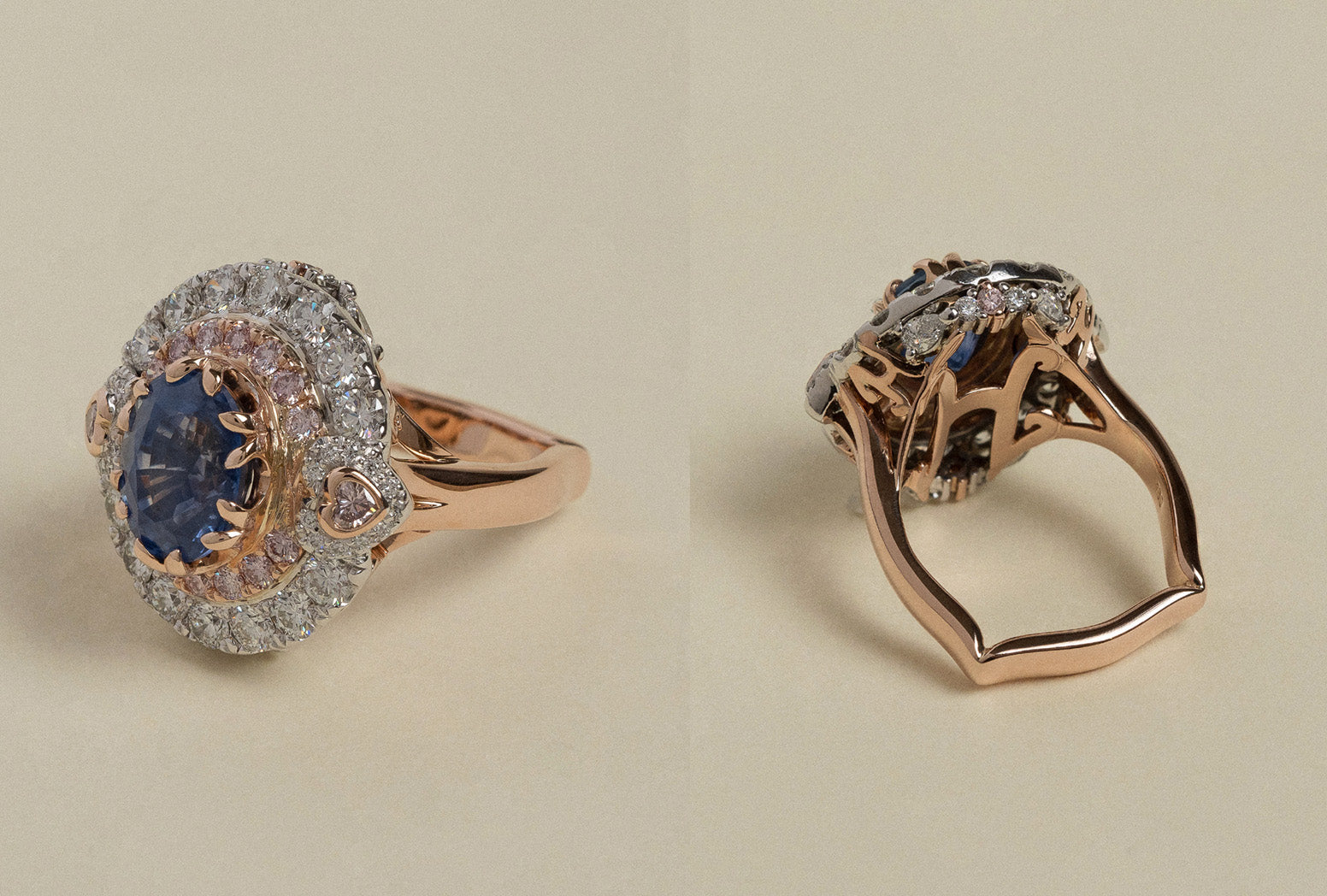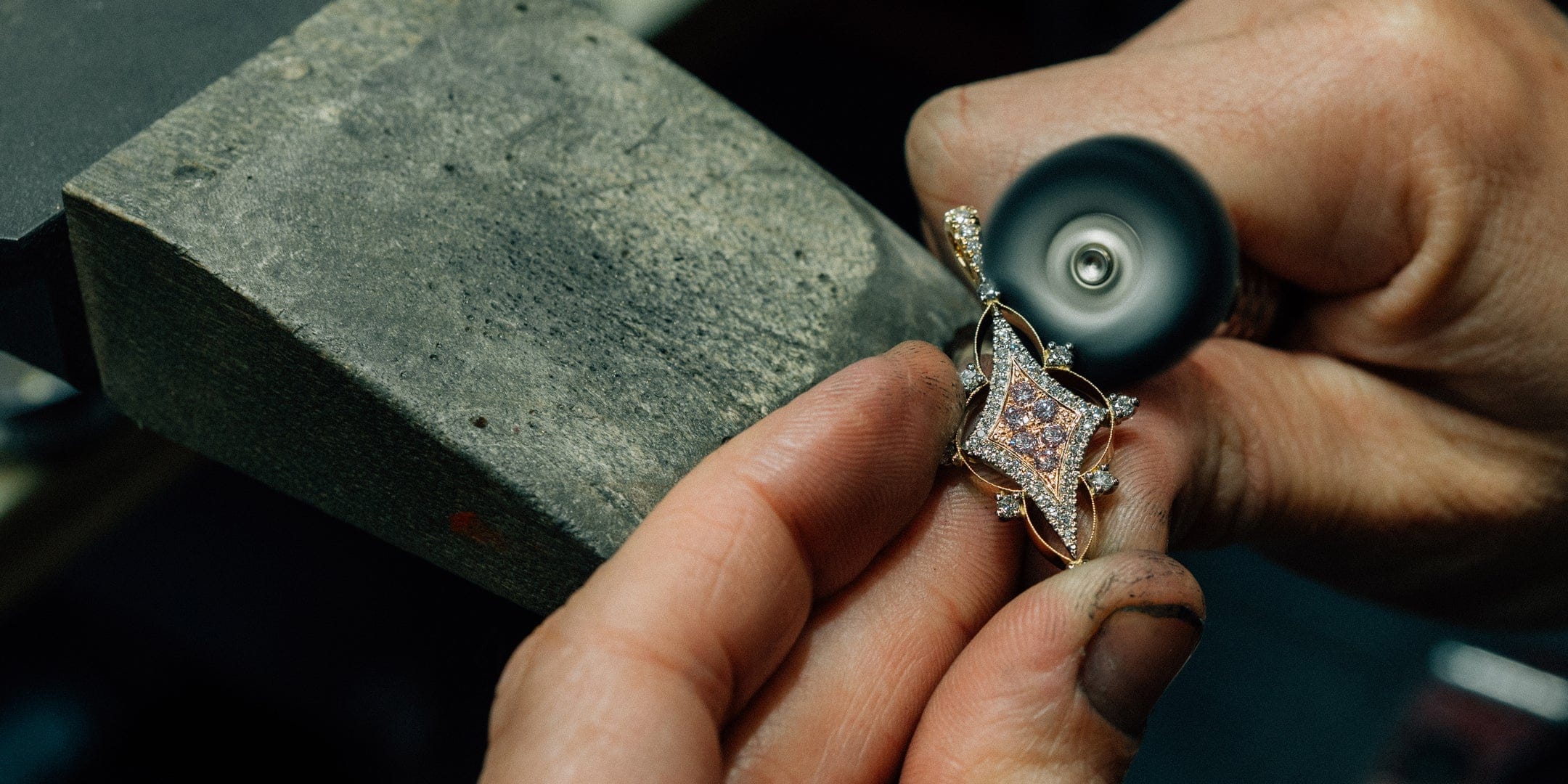The month of June is proud owner to a precious birthstone, the pearl. Unlike countless other gemstones that form within the Earth, pearls are unique in that they are born of the sea, created from oysters and mussels. Their lustrous surfaces reflective of light in a way that evokes a sense of calm and beauty. They are the only gemstones formed by living creatures, which adds to their fascination. Each pearl is a testament to nature's ability to create perfection. Pearls are seen as symbols of wisdom gained through experience, representing the idea that beauty can emerge from hardship. This symbolism makes pearls a perfect gift for any celebratory milestone.
The pearl cultivation process consists of a nucleus being implanted into an oyster. The nucleus is a bead that is implanted into the gonad of the pearl. From this the living oyster attempts to protect itself in a way against this foreign object, by secreting layers upon layers of nacre around the bead, thus forming a pearl. The process of forming the pearl normally takes from a minimum of six months up to four years to fully develop larger and higher end pearls. Each oyster can produce up to 50 freshwater pearls at a time. In comparison to South Sea pearls, which only produce a single pearl, having to reach three to four years of age before the cultivation process can even begin.

 Image Credit: Nic Duncan, 2020, “Freshly harvested Akoya pearl, grown in the pristine waters of the Abrolhos Islands, WA”.
Image Credit: Nic Duncan, 2020, “Freshly harvested Akoya pearl, grown in the pristine waters of the Abrolhos Islands, WA”.
When the oyster has completed the process of forming a pearl, it is ready to be harvested. Pearl farmers must source the oysters, then carefully remove the pearls that have been formed inside the creature, and in some cases prepare the oyster to create more pearls. This is a slow and steady process, using specialised instruments to avoid harming the gems. Finally, the pearls are graded using a specialised pearl grading system, allowing them to be sorted and categorised by certain aspects. There are 7 key factors when it comes to pearl grading. They consist of nacre quality, surface quality, size, shape, origin, colour and arguably the most important factor, lustre. Each of these key aspects is taken into consideration when pricing pearls.
Pearls come in various forms, each boasting their own unique colour, shape and allure.
Akoya Pearls: Known for their high lustre and perfect round shape, Akoya pearls are primarily cultivated in Japan and are a classic choice for pearl jewellery.
Freshwater Pearls: These pearls are generally more affordable and come in a variety of shapes and sizes. They are primarily farmed in China and offer a great deal of versatility.
Tahitian Pearls: Famous for their dark, exotic colours, Tahitian pearls are cultivated in the black-lipped oyster and are primarily found in French Polynesia.
South Sea Pearls: These are the largest and rarest of pearls, known for their satin lustre and impressive size. They are cultivated in the warm waters of Australia, Indonesia, and the Philippines.
Baroque Pearls: Every baroque pearl is a one-of-a-kind, with their unique shape and sizes formatting their organic look. They are formed when an oyster unevenly secretes the nacre around the nucleus of a pearl.
Keshi Pearls: Referred to as ‘nature's accidents’, Keshi pearls are formed as a by-product of general pearl cultivation. Therefore, they do not contain a nucleus like other pearls and are instead formatted solely by nacre.
Pearls are one of the softest gemstones, they are sensitive to chemicals found in household cleaners, perfumes, and hair products. Therefore, it is always best to put on your pearls after applying makeup or hairspray. For more on how to properly care for your pearls, read our guide for caring for pearls journal.
At Hogans, our extraordinary collection of pearl jewellery is carefully curated to cater to a diverse range of design preferences and pearl varieties. From exquisite rings to timeless drop earrings, we pride ourselves on having a timeless piece to suit all tastes.
1. 9K YG Baroque Pearl Enhancer Pendant: A contemporary take on a timeless design, this enhancer-style pendant is crafted in 9k yellow gold and features a large natural baroque pearl. Known for their unique shapes and organic beauty, baroque pearls bring a sense of individuality and charm to any piece.

2. 9K YG 12-18mm Keshi Pearl Ring: This dress ring is crafted in 9k yellow gold and showcases a luminous 12–18mm Keshi pearl. With no nucleus, Keshi pearls form entirely of nacre, giving them an exceptional lustre and a naturally irregular shape.

3. 9K Freshwater Pearl Cluster Drop Earrings: Crafted in 9k yellow gold, these drop-style earrings feature freshwater seed pearls in a cluster formation, suspended from a shepherd's hook. They bring a delicate, natural elegance that’s perfect for special occasions.

4. 9K YG FWP 13mm Baroque Chain Necklace: Crafted in 9k yellow gold, this fine 45cm chain is elegantly paired with a 13mm baroque pearl slider pendant. The unique shape and lustrous surface of the baroque pearl add character, making it a standout piece that effortlessly complements any style.

5. 9K YG Baroque Pearl Huggie Earrings: Featuring two uniquely shaped baroque pearls, these drop-style earrings hang gracefully from 9k yellow gold huggie hoops. The organic forms of the pearls add a touch of natural elegance, perfectly balanced by the sleek, modern gold setting.

6. Sterling Silver 12mm South Sea Pearl Anchor Link Bracelet: Crafted in sterling silver, this 19cm anchor link chain bracelet features a luminous South Sea pearl as its centrepiece. Known for their exceptional size and natural lustre, South Sea pearls bring a sense of elegance and refinement to any jewellery piece.

7. 9K WG 9.5mm Freshwater Pearl Drop Earrings: Suspended from 9k white gold shepherd hooks, these freshwater pearl earrings are timeless and are a must-have for any pearl collection or to complete the perfect bridal ensemble.

8. Pearl Pendants: Crafted in 9k or 18k yellow, white or rose gold, our pearl pendant collection showcases a variety of pearls from classic round Freshwater pearls, Akoya and South Sea to unique baroque and Keshi, even Mabe pearls. Each design highlights the pearl’s natural beauty, offering timeless elegance for any occasion.

From earrings to dress rings, explore the delicate beauty of the June birthstone and our collection of meticulously crafted pearl pieces by visiting our online showroom.

